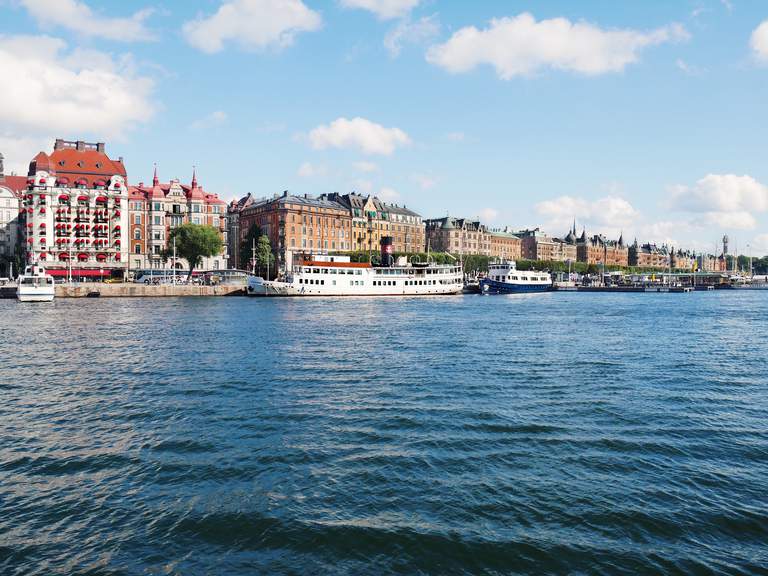Highlights on Östermalm
Publish date: 25 October 2024
At upscale Östermalm you'll find beautiful architecture, fascinating museums, and classic theater stages. Here are some of the district's highlights.
Östermalm is located in the eastern part of inner-city Stockholm, encompassing the area between the streets of Sveavägen and Valhallavägen, and the neighborhoods of Gärdet, Norra Djurgårdsstaden, and Hjorthagen.
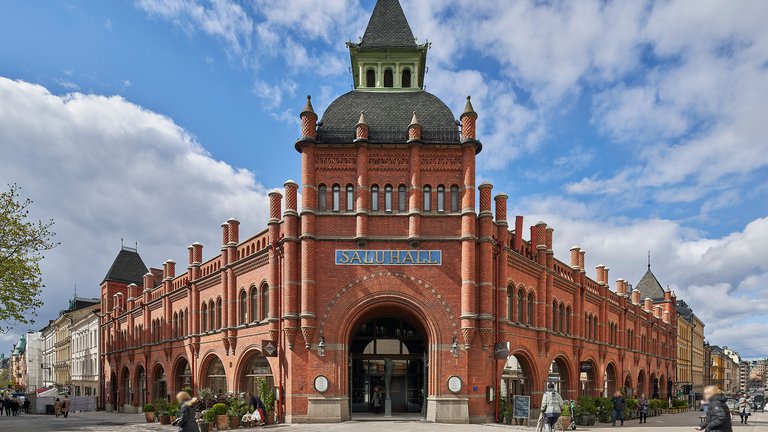
The district is mentioned in official papers dating back to the 17th century, but then as Ladugårdslandet. It wasn't until the 1880s, as the area was being redeveloped with blocks of townhouses and residential buildings, that the district got its current name. Ladugårdslandet, literally meaning "the field of barns", was deemed unrefined by its new wealthy residents and changed to Östermalm.
Architecture and Culture on Östermalm
Östermalm is known for high-end shopping, fine dining restaurants, posh bars and nightclubs, and venerated cultural institutions. No wonder then, that "Östermalm" has become short-hand for luxury, glamour, and affluence.
The streets of Biblioteksstan for example are a must for anyone who's looking for exclusive fashion and design brands, and vendors in Östermalmshallen Market Hall have sold fresh fish and vegetables, prime cuts of meat and aromatic cheeses, and other delicacies since the late 19th century. The building itself is a beloved landmark and a good example of late 19th-century industrial construction.
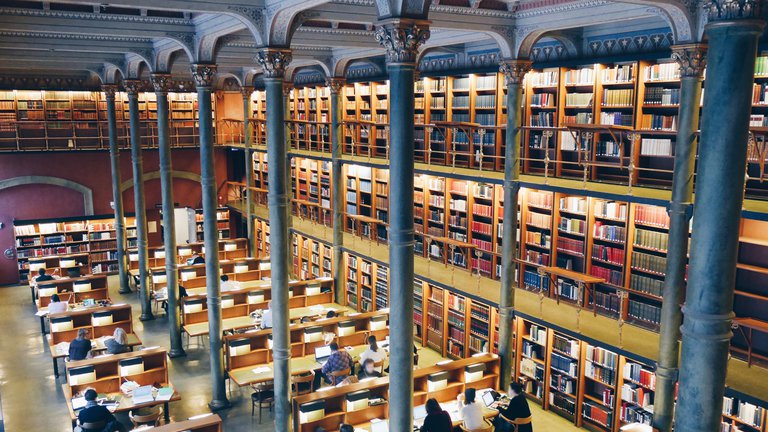
There are several important cultural buildings in Östermalm, notable both for their architecture and cultural impact.
- The Royal Dramatic Theatre – Sweden's most prominent theatre institution was founded in 1788 and since 1908 the national theatre has occupied the Art Noveau palace overlooking Nybrokajen. The theater has five stages, and its terrace transforms into a popular bar during the summer.
- The National Library (Kungliga biblioteket, or KB) – Kungliga biblioteket moved into Humlegården park in 1878. It's Sweden's national library, tasked with preserving everything that's printed and published in Sweden. In 2009 it merged with the Swedish National Archive of Recorded Sound and Moving Images, and has since then also archived radio -and TV transmissions, movies, music recordings, and more.
- Zita – The independent cinema Zita opened in 1913, under the name Vinter-palatset, making it the oldest cinema in Stockholm still in operation.
- Filmhuset – The Swedish Film Institute resides in the headquarters of Filmhuset, at Gärdet; a brutalist building that through its architecture resembles a strip of celluloid film. Although mostly an office building you'll also find a lunch restaurant, a well-stocked library of film literature and magazines as well as two movie screens serving as the Swedish Cinematheque's main venue.
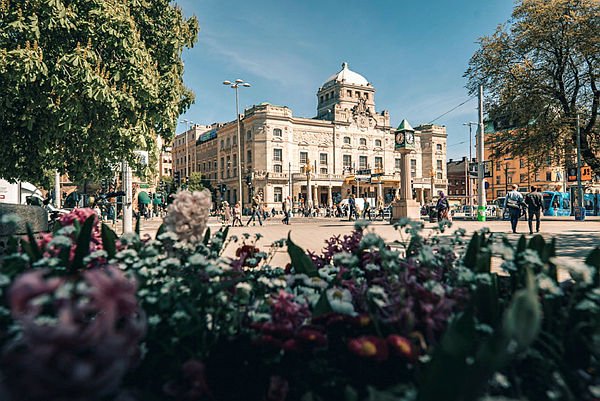
More tips on Östermalm
Museums and attractions
You'll find several fascinating museums in the streets of Östermalm. Five are located in the central parts, around Östermalms Torg and Karlaplan, and you'll find a handful more closer to Gärdet and Djurgårdsstaden.
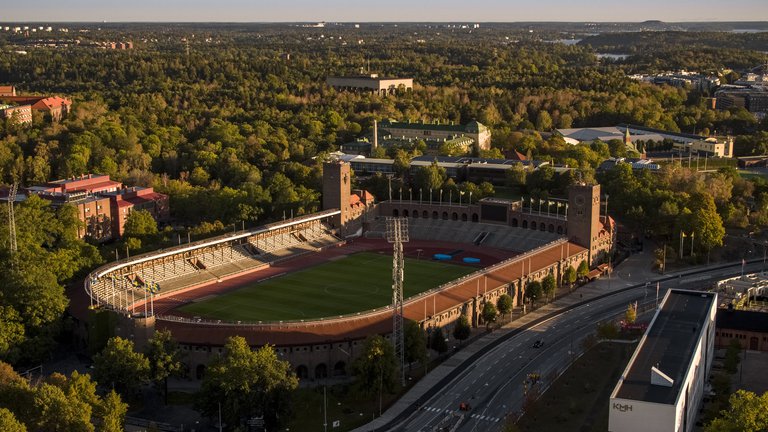
- The Army Museum – Follow men, women, and children through Sweden's history of war and peace. The Army Museum features exhibitions about both modern and historical warfare, weapons, and battle tactics.
- The Royal Stables – Located in the heart of the city in a historic building dating back to 1890. The King's coachmen guide visitors around the unique stables with their horses, cars, decorative harnesses, and a collection of 19th-century carriages.
- The Swedish Museum of Performing Arts – Previously known as the Music Museum, the Museum of Performing Arts takes you behind the stage and lets you be a part of dance, music, and theatre productions through its interactive exhibitions.
- The Economy Museum and The Royal Coin Cabinet – Found in the same building as the Swedish History Museum, this museum tells the story of how money and the economy have shaped, and been transformed, by history.
- The Swedish History Museum – Just like the name implies, this museum is the place for your Swedish History 101. Popular exhibits include the Gold Room and The History of Sweden. The museum also boasts the largest collection of Viking artifacts in the world.
- The Stockholm Olympic Stadium – The classic arena was built for the 1912 Olympics and is still used for various events and concerts. But it's also open to the public, for anyone wanting to use it for their daily exercise.
- Stockholm Transport Museum – After a lengthy renovation, the museum moved into its current location in 2022. The Transport Museum is the best place to learn about the history of Stockholm's metro and bus lines and how new modes of transportation have shaped modern society.
Also in this part of Östermalm is Östermalm IP. Every August Östermalms IP transforms from a regular sports arena and football field into Pride Park; the main festival area of Stockholm Pride.
